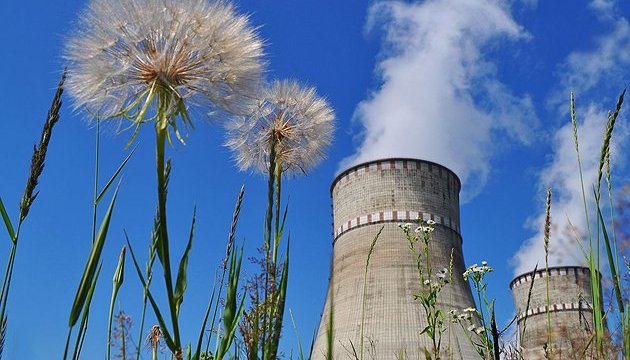УДК 502/504 • Issue 3 (31) / 2020 • 23-32 pages
Gubina V.G., Zaborovsky V.S., Mitsiuk N.B.
Gubina V., Senior Research Fellow, Leading Researcher, State Institution “The Institute of Environmental Geochemistry of National Academy of Sciences of Ukraine”, https://orcid.org/0000-0001-7486-5451, gvg131619@gmail.com
Zaborovsky V., Researcher, State Institution “The Institute of Environmental Geochemistry of National Academy of Sciences of Ukraine”
Mitsiuk N., Research Assistant, State Institution “The Institute of Environmental Geochemistry of National Academy of Sciences of Ukraine”, nmitsiuk@gmail.com
Abstract
The volume of waste generation and accumulation in Ukraine and European countries (except for radioactive waste, which is regulated by separate legislation) has been analysed based on the waste generation statistics in these countries. The data on the annual waste generation and accumulation volumes are presented based on different classifications, i.e. by hazard waste classes, types of economic activity, composition of the waste. It has been shown that by 2013 in Ukraine more than 400 million tons of waste had been generated annually, including over 1 million tons of hazardous waste and over 12 million tons of household waste. At present about 300 million tons of different waste is produced annually, including over 0.5 million tons of hazardous and 12 million tons of household waste. The data do not include temporary occupied territories of the Crimea and parts of Donetsk and Luhansk regions. In the European Union, more than 70% of the total waste is generated in 10 countries: Germany, France, England, Poland, Romania, Italy, Sweden, the Netherlands, Spain and Finland. By type of economic activity, the largest amounts of waste in Ukraine are produced from the mineral extraction and the processing industry, the smallest – from water treatment, and the construction and demolition of buildings. In the EU countries, these values are somewhat different. For example, in Germany, the largest amounts of waste are generated from the demolition of buildings and the processing industries, the smallest – in agriculture, forestry and fishery. By classes of materials, the waste generated and accumulated both in the EU countries and in Ukraine is mineral and solid waste. In Ukraine, the largest amounts of waste are generated and accumulated in the Dnipropetrovsk, Donetsk and Zaporizhzhia regions which accommodate large enterprises for extraction and enrichment of iron and manganese ores, titanium-zirconium placers, coal, dolomite, and metallurgical limestone, as well as metallurgical and ferroalloy plants. The by-products of all these plants are slag, sludge and oil scale. Depending on the volumes of the produced waste, regions of Ukraine are classified into three groups. The first includes areas accommodating hundreds of millions of tons of waste, the second – tens of millions of tons, the third – less than 10 million tons.
Key words: waste, types of economic activity, sources of waste, waste generation and accumulation, “tails”, slag, sludge.
Article
Reference
- Statistical yearbook (2019) Environment of Ukraine, available at: http://www.ukrstat.gov.ua/druk/publicat/kat_u/2019/zb/11/Zb_dovk_2018.pdf
- Generation of waste by waste category (2019), available at: https://ec.europa.eu/eurostat/databrowser/view/ten00106/default/table?lang=en
- Statistical yearbook, (2018), available at: http://www.ukrstat.gov.ua/druk/publicat/kat_u/2018/zb/11/zb_du2017.pdf
- National Report on the State of the Environment of Ukraine in 2010.(2011), K: Center for Environmental Information and Education, p.131.
- National report on the state of the environment in Ukraine in 2011. (2012), Ministry of Ecology and Natural Resources of Ukraine, LAT & K, p. 141.
- Top 100 largest pollutants (2019), available at: https://menr.gov.ua/news/34251.html
